03 Jul Banking Your Baby’s Cord Blood: What to Know
Years ago, the medical community didn’t know the value of a newborn baby’s umbilical cord blood. It was thrown away with the placenta after birth. Now, we know the potential life saving benefits of umbilical cord blood; for use by the person it comes from, family members, and the general public.
July is Cord Blood Awareness month in the U.S.; an opportunity to educate about cord blood; what it is, how it’s used, and how it can be stored for potential future use. Here are the highlights!
Cord blood is the blood that exists in the vessels of the placenta and the umbilical cord. These are special organs that are formed during pregnancy that connect the unborn baby to the mother.
Cord blood contains unique cells called hematopoietic progenitor cells (HPCs) that can be used to treat metabolic and immune system disorders, as well as blood cancers.²
HPCs are also found in regular blood and bone marrow, but what makes cord blood unique is that exact matching (typing) between the donor and the receiver may not be needed. This is because the antigens that could potentially cause a receiver’s body to reject cord blood are less mature in cord blood.²
Cord blood can also be used for genetic disorders with one exception. Cord blood cannot be used for genetic disorders in the same person it comes from. This is because the cord blood potentially used to treat the disease contains the same genetic material that led to the condition.¹
You have two options for cord blood banking, public or private banks. Public banks are FDA regulated, which means there are measures in place to ensure the integrity of the cord blood when it’s needed for use. Public banks provide banked cord blood to anyone; whomever is in need. This is a thoughtful decision to make, especially for families of minority races and ethnicities, as banking your baby’s cord blood also increases access to cord blood for other minority families; an important act for the public good. Check out more information about public cord blood banking here.
Private cord blood banks are used when parents want to reserve their baby’s cord blood for the baby (for potential future use) or a close relative. This is often done when there are known health problems in the family.
Making the decision to bank your baby’s cord blood doesn’t interfere with the normal medical care of Mom and baby after birth. For example, you can still ask for delayed cord clamping and your baby can receive all the benefits from this practice.
Start a conversation with your provider today about the benefits of banking your baby’s cord blood! Also learn more about placental tissue collection and banking.
REFERENCES:
- American College of Obstetricians and Gynecologists (ACOG). March 2019. Umbilical cord blood banking. https://www.acog.org/clinical/clinical-guidance/committee-opinion/articles/2019/03/umbilical-cord-blood-banking
- U.S. Food and Drug Administration (FDA). July 2012. Cord blood banking – information for consumers. https://www.fda.gov/vaccines-blood-biologics/consumers-biologics/cord-blood-banking-information-consumers
- Photo by Hannah Barata: A Nurse Holding A Newborn Child. https://www.pexels.com/photo/a-nurse-holding-a-newborn-child-19751879/



